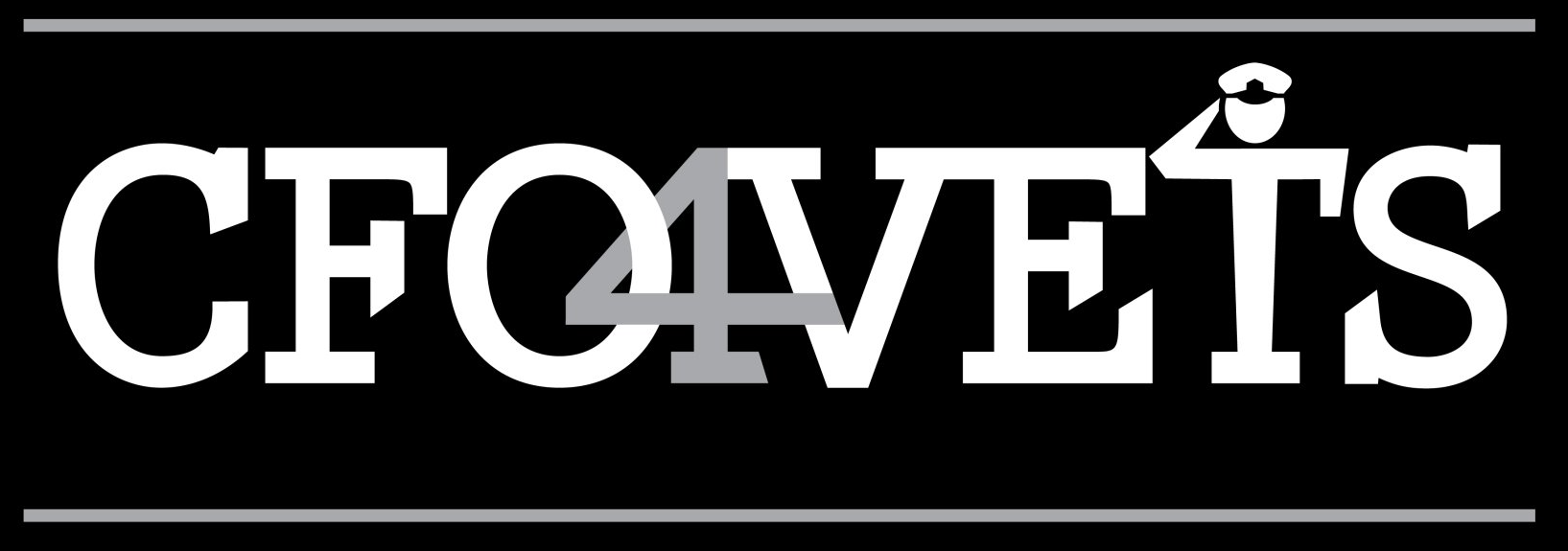Scott Chesson
Business Cash Flow Primer Updated for 2022
- Cash is oxygen to your business. All businesses need it to breathe, and mastery of cash management principles will benefit your business immensely.
- 82% of the time, businesses fail due to cash flow shortfalls.
- 80% of businesses fail within the first five years!
- Build 3-6 months of working capital reserve to sustain the business through difficult times. Building a cash reserve and maintaining it isn't easy but a worthwhile undertaking if your business can make it happen.
- Monitor cash conversion cycle constantly – How long does it take to convert sales to cash? The metric that measures the cash conversion cycle is the average collection period. The calculation follows:

- Measure how close your cash conversion cycle is to your payment terms. Example: If your cash conversion cycle is 45 days and your payment terms are 30 days, your cash conversion rate requires some optimization.
- Build a cash flow forecast for at least 6-12 months in advance. The cash flow forecast will allow you to preview the peaks and valleys of your cash position.
- Monitor and update the cash flow forecast weekly and monthly.
- Monitor and follow up on Accounts Receivable with ruthless consistency.
- Beware of being a line of credit (a bank) for your clients. Some large businesses will take advantage of their size and the “honor” of doing business with them to mandate unfavorable payment terms.
- Start-ups may need 2-4 times more cash than initial projections.
- A cash flow statement should be part of your monthly financial statements (beyond the income statement and the balance sheet).
- A cash flow statement shows a breakdown of your cash flow from operations, investing, and financing your business. Cash flow statements translate GAAP earnings into cash flow.
- Bill customers a portion of fees upfront. This tactic will depend on your industry and business type, but collecting a part of your fees in advance will boost cash flow.
- Have access to a revolving line of credit to help fund cash flow shortfalls. Interest rates are still relatively cheap, although rising.
- Obtain credit when your business does not require it (See # 14). Then, your business will have access to it before a crisis or significant downturn.
- Credit cards, if appropriately managed, help by providing your business with float.
- Pay close attention to credit card close dates and defer expenditures to maximize float.
- Practice zero-based budgeting. Build your budget every year with the idea that you are starting from scratch. Then, incumbent expenses are not automatically renewed in your budget. Even if your business can apply zero-based budgeting to the most significant components of your annual budget, it will help prevent guaranteed ratification of incumbent spending.
- Make purchases using economies of scale to save dollars if feasible. Buy in bulk.
- Lease computer equipment instead of buying equipment to spread out the payments to boost cash flow.
- Accept only electronic payments. The time for accepting snail-mailed checks has passed.

Every business owner will exit their business at some point – whether voluntarily or involuntarily – yet only about 50% of business owners have a buy-sell agreement in place to govern the terms and process of the exit. For this reason, it’s crucial to know about buy-sell agreements, which are legally binding contracts between co-owners of a business that determines the actions if a co-owner chooses or is forced to depart a company and the process of purchasing that person's share. I’ve compiled a list of the most commonly asked questions about buy-sells: How would a business owner benefit from a buy-sell agreement? In many cases, the business owner's largest and most significant asset is the business itself. Suppose something happened to one of the primary owners. In that situation, it is crucial to ask how the owner’s demise or departure would affect the lifestyle and exit plans of the other owners, the business, and the other interested parties. Are you willing to share your business with your deceased partner's heir? The demise of a primary owner is an excellent example of where buy-sell agreements come into play. They can remove the speculation regarding the future of your business. Furthermore, a buy-sell can reduce the stress and turmoil of an emotional situation. Do you need a business valuation when implementing a buy-sell agreement? The short answer is yes. A business valuation can be critical when contemplating a buy-sell. Valuations help you understand your business's worth and determine your action path after a buy-sell is activated due to a triggering event, such as when a primary business owner becomes disabled, leaves the company, or passes away. Suppose a buy-sell agreement does not require an updated company valuation after a triggering event. In that case, the surviving owner may be required to pay the amount stated in the original buy-sell, even if that amount no longer accurately reflects the company's actual worth. Similarly, a company's valuation may differ after a primary owner leaves the business. As you can see, knowing how much your company's value depends on its current organizational structure and staying ahead of the game in your forecasting is essential. Who does a business owner work with to implement a buy-sell agreement? A Certified Valuation Analyst is a professional business valuator who, along with a trusted attorney, is a must-have in establishing a proper buy-sell agreement. Because buy-sell arrangements can be challenging to discuss with a business partner and require much organization and implementation, a trusted attorney can steer and mediate those difficult conversations. Protect your business – and yourself – by being prepared for the difficult transition when an owner exits the business. Buy-sell agreements help pave the way for smoother transitions.

I’ve seen so much in my twenty-five years as a CFO, and though I’ve worked in many sectors, the area where I’ve observed the most financial pitfalls has been for small businesses. I want to share two of my most common observations so that you can avoid making the same mistakes if you’re currently in any of these situations as a business owner. All you need is a bit of flexibility, foresight, and innovation. 1) Impulsive Cost Cutting Measures The knee-jerk reaction for most folks in challenging economic times is a tendency to focus on cutting costs while losing sight of how important it is to optimize and innovate your revenue streams. I’m not saying that cost reduction isn’t essential, or even mandatory, during an economic downturn. Still, I will stress that reducing your costs cannot replace a concerted strategy to optimize your existing revenue streams while also exploring and building new revenue pathways. Perhaps a tactic you may want to consider is scrubbing your costs throughout the year rather than doing so dramatically during a moment of panic. It allows you to be more thoughtful in your approach. I’d also suggest you look at zero-based budgeting, which means annual expense budgets are not automatically renewed with a blanket percentage increase and, instead, each expense category is analyzed and justified based on a company’s requirements -- in concert with the overall cost structure. Even implementing zero-based budgeting on a limited basis will help avoid protracted cost-cutting during downturns. My final advice on this matter is to not be too hard on yourself! It’s easy to lose sight of growing the top line when your business is fighting for survival on the bottom line. 2) Getting Attached to Something that Isn’t Working Another common pitfall I’ve seen repeatedly is when business owners are wedded to a product, service, or strategy that is unsuccessful. Instead of bringing in revenue, it is harming their business’s financial health. Passionate and committed entrepreneurs often take on the idea that they can make something work – even if it’s not meant to be and falsely believe that admitting defeat or giving in to the notion that if a product, service, or strategy goes away means they have failed. It’s also hard because they have almost always dedicated so many resources to their efforts that they must continue trying. However, a small business has many advantages over a large, bureaucratic entity. One advantage is flexibility. They can move quickly to take advantage of opportunities or pivot away from unsuccessful undertakings (like poorly performing products, services, or strategies) before too much financial damage is inflicted on the business. The damage is generally manifested as negative cash flows or declining profits. Still, the effects are much more far-reaching and less clear, but they impact the most finite of resources, time, and energy. I recommend having a timeline and specific goals to chart the progress of a new product or service. Then, your company has guidelines that can prevent devoting unwarranted time, money, and energy to unsuccessful projects. There is no shame in experimenting and adapting your business and acknowledging that some ideas failed. You are still doing a great job and learning with every experience, becoming more substantial and more valuable in the marketplace.





